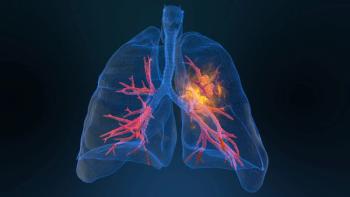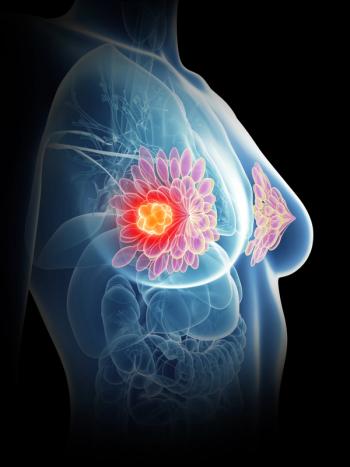
Hood Technique Improves Earlier Continence in Prostate Cancer Surgery
The hood technique, developed by Ash Tewari, MD, aids in facilitating earlier returns of continence with reduced residual cancer rates.
With the “hood” technique, a process that involves skiving and saving tissue from the prostate, there are new methods to bolster the urethral continence mechanism, according to Ash Tewari, MD, MBBS, MCh, FRCS.
The hood technique, designed by Tewari, is a new surgical technique intended to facilitate the early return of continence while also mitigating residual cancer rates. It is deemed the “hood technique” because most surgeries on the prostate come from the front, which often leads to saving and skiving different parts of tissue that, when saved, look like hoods. The method bolsters the urethral continence mechanism.
Additionally, in certain cases, such as when there is no cancer approaching the anterior of the prostate, the hood technique is “easy to implement,” Tewari stated.
Tewari is a professor and chair of the Milton and Carroll Petrie Department of Urology at the Icahn School of Medicine at Mount Sinai.
Transcript:
Most of the time, when we were operating on the prostate, we were coming from the front. When we come from the front, there is certain tissue you have to go through to ultimately disconnect the urethra from the prostate. But the thickness of the tissue, which you can save and skive [underneath a layer] from the bladder side, and then come on to the urethra; you can save certain structures, which ultimately, if you save them, look like a hoodie. This is a hood of muscles, a hood of thick connective tissue, a hood of some vascular tissue, and a hood of some fibrous connecting tissue. All of that combined gives extra support to the urethral continence mechanism that is preserved by certain muscles—and I’ll just name some of them: one is known as the urethral sphincter, another is the membranous urethra, the third is the urethral rectal muscles, and then there are the puboperinealis muscles.
These are the different muscles which are coordinating, in a very precise manner, to get a continence so that when a person is running around, playing golf, involved in sexual activity, or coughing, [they are not] leaking urine. Preserving all this structure by preserving an anterior hood of tissue was something that we started doing a long time ago. That is giving an earlier, [and possibly better], continence than the patients who are undergoing prostate cancer surgery. This is not for everyone. The anterior part of the prostate may have a cancer, and you have to plan it out so that you don’t embark upon those patients in whom the cancer is already invading into the hood. But if you do a preoperative MRI, the biopsies, and the imaging, and you don’t see any cancer coming close to the anterior part of the prostate, the hood technique is easy to implement.
You come from the bladder side, and you slowly develop a plane between the prostate and the anterior-supporting structures, and in that bargain, you end up saving all the extra nerves, all the extra vessels, all the sphincter, and all the supporting structures. That gives continence a little earlier. And we call it “hood” because it looks like a hood.
Reference
Hood technique enables early return to continence following RARP. Mount Sinai. Accessed February 10, 2025. https://tinyurl.com/2v23h8bm
Newsletter
Stay up to date on recent advances in the multidisciplinary approach to cancer.

















































































